There is something magical about picture books that manage to successfully tackle big life questions while also engaging and entertaining the early reader.
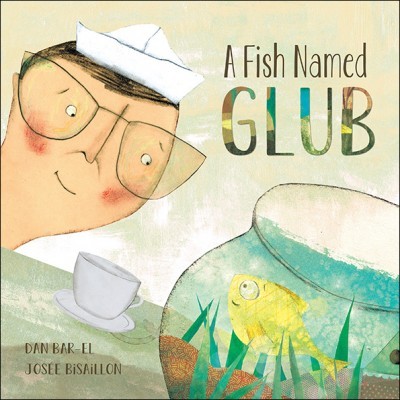
A Fish Named Glub
Dan Bar-El
Illustrated by Josée Bisaillon
Kids Can Press
$16.95
cloth
32pp
978-1-55453-812-6
Josée Bisaillon’s evocatively textured multimedia illustrations make each page a sensory delight. But while the idea of a small fish explaining the big picture might sound good on paper, A Fish Called Glub’s sometimes obtuse plot and occasionally awkward writing mean that in the end this book neither answers our questions nor engages our interest.
It’s the dawn of the twentieth century and the Tweedles are about to take the plunge and buy a car. Papa and Mama and little brother Francis are enthusiastic, but sister Frances is skeptical. The Tweedles eschew the unpredictable steam and noxious fossil fuel options and buy an electric model, a choice that elicits mockery from their neighbours. But the drive home is so traumatizing for Papa that, the next morning, he decides to ride his bike to work. That is how Frances ends up saving the day by driving the electric car – and her injured, previously scornful neighbour – to the hospital. At the end of The Tweedles Go Electric, we see little brother Francis and big sister Frances in the future: Francis becomes a racing car driver, while Frances drives the electric car from the Atlantic to the Pacific.
The Tweedles Go Electric Groundwood Books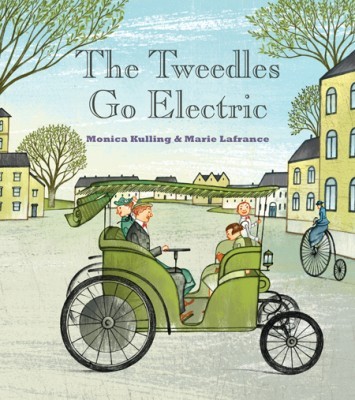
Monica Kulling
Illustrated by Marie Lafrance
$16.95
cloth
32pp
978-1-55498-167-0
Children will appreciate and understand the Tweedles’ attempts to find a car that will not only transport them quickly and safely, but one that will also limit pollution. However, not all parents will feel comfortable with the gender stereotypes used to describe the siblings: “Like most girls, she is more interested in higher education. Speed gives Frances nosebleeds, and adventure seems to go along with getting lost, which makes her nervous.” As for her brother, “Francis, like most boys, loves adventure.”
Kulling has written a lovely book that successfully reveals some of the connections between life 100 years ago and now. Unfortunately, her generalizations about the sexes, while limited to a handful of sentences, make it less likely that this release will become a family favourite.
Starring Me and You is the third book in Geneviève Côté’s Piggy and Bunny series, a celebration of friendship and individuality, targeting readers two years old and up. Like her earlier offerings, Without You and Me and You, this newest release features bright, colourful drawings, simple text, and a big book format well suited to the preschool audience.
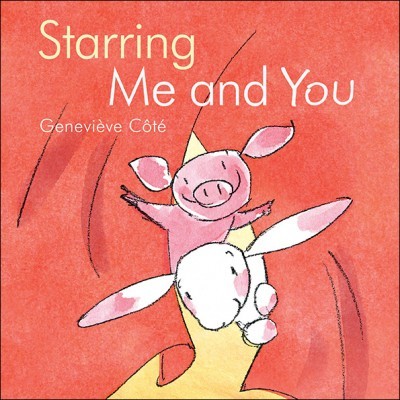
Starring Me and You
Geneviève Côté
Kids Can Press
$16.95
cloth
32pp
978-1-894786-39-3
Côté’s success with the previous books in this series might mean that the writer/illustrator has been encouraged to produce an endless stream of Piggy and Bunny books. Hopefully, in the future, Côté will be given the opportunity to put Piggy and Bunny aside and produce work for young readers that reflects her prodigious creativity.
Frances Itani is an award-winning and internationally published novelist, poet, and children’s book author. Best Friend Trouble tells the story of a spat between Hanna the raccoon and her friend Lizzy the skunk. It’s fun to watch Hanna get out her frustrations: she goes down to the basement and bangs nails with her older brother, clangs a pair of finger cymbals with her dad, and draws an explosive picture while sharing her mother’s desk. And who can resist Hanna’s super cute pet hamster Octavia?
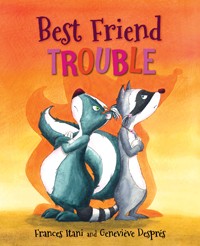
Best Friend Trouble
Frances Itani
Illustrated by Geneviève Després
Orca Book Publishing
$19.95
cloth
32pp
9781554698912
The combination of good writing and illustration make Best Friend Trouble a good choice for summer reading, ideal for those long hot afternoons when nobody seems able to get along.
If you haven’t heard of Catherine Austen, you’ve been missing out on one of Canada’s finest young adult, preteen, and children’s book authors. She charms and informs young readers with a feline named Isis who has a lot in common with her immortal ancient Egyptian namesake, scares the pants off teenagers with a terrifying dystopian thriller, and writes hilarious short chapter books for preteens who are just starting to dip their toes into the sea of adolescent angst.
While it’s true that Austen has written books for specific audiences, what sets her work apart is its ability to resonate with any reader who appreciates strong
characters, smart dialogue, and fast-paced, surprising plot lines.
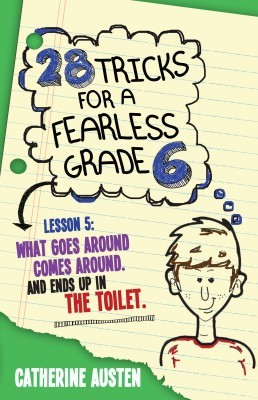
28 Tips for a Fearless Grade 6
Catherine Austen
Lorimer
$12.95
paper
192pp
9781459406179
Dave and his friends in 28 Tips have no choice: they have to survive Grade 6. Protagonist and amateur psychologist Dave Davidson and his left-footed, dog-hating, future-fearing, paranoid-of-public-speaking classmates fret and wisecrack their way through the novel, allowing older readers to revisit the days when we were full of ideas and potential, and at the mercy of our exploding hormones.
If you buy only one book this summer, do yourself a favour and make it a book by Catherine Austen. Regardless of whether you’re a young reader, a preteen, a young adult, or a full-fledged grown-up, this gem of a Quebec writer will be sure to take you on a magnificent literary ride. mRb






A reviewer who completely misunderstood my book. My goodness! Gender-biased? That’s a bit heavy-handed. Remember we’re talking 100 years ago, NOT today, when it was thought that girls didn’t like adventure and since when does that give nosebleeds anyway. Hello?! Get the humour. please. Fortunately, the Tweedles are enjoying starred reviews in both Kirkus and Publisher’s Weekly, and contrary this reviewer’s prediction, young ones are taking them to heart.